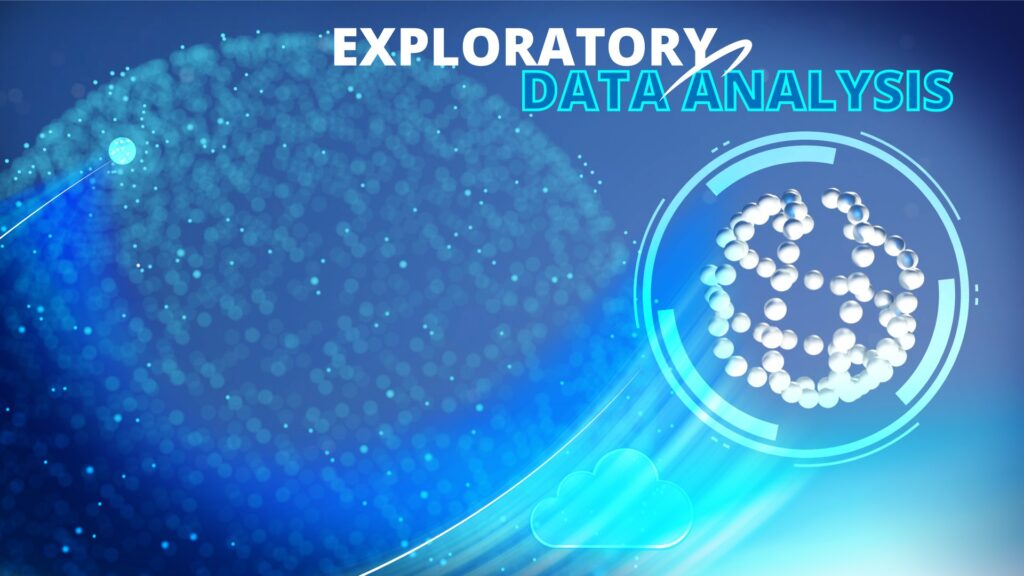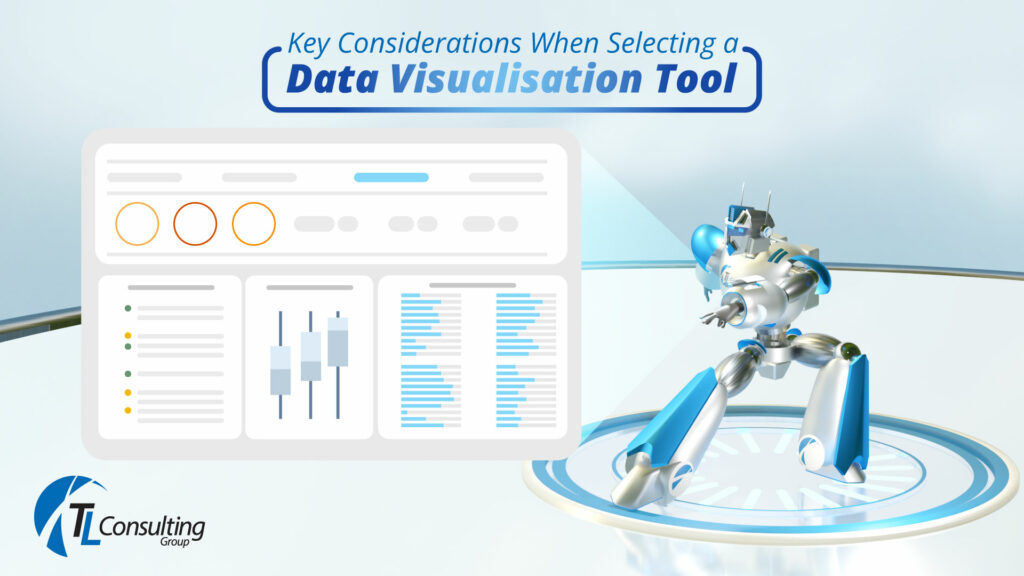The Journey from Traditional Ops to NoOps
The Journey from Traditional Ops to NoOps In the fast-changing software development landscape, organisations strive to improve their operational processes. Market studies project a 23.95% growth in the global DevOps market, with an estimated value of USD 56.2 Billion by 2030. This blog discusses the shift from traditional ops to NoOps, emphasising automation practices that boost software delivery’s efficiency, scalability, and resiliency. NoOps, short for “no operations,” represents a paradigm shift towards complete automation, eliminating the need for an operations team to manage the environment. This section clarifies the concept of NoOps, debunking misconceptions and emphasising the role of automation, AI/ML, and various technologies in achieving fully automated operations. NoOps represents the pinnacle of the DevOps journey, driving automation to enable developers to focus more on coding. Advancements in cloud services, containerisation, and serverless technologies converge to facilitate increasing levels of automation within the software lifecycle. However, achieving true NoOps environments requires incremental implementation based on organisational maturity. Recognising the significance of stability, reliability, and human expertise is crucial, despite the growing popularity of NoOps. According to a Deloitte survey, 92% of IT executives believe that the human element is crucial for successful automation. Rather than striving for total automation, organisations can take a practical approach by automating specific segments while retaining human involvement in vital areas. This approach acknowledges the value of human skills in monitoring, troubleshooting, and maintenance, serving as a transition towards increased automation and efficiency. Key Steps in the Transition to NoOps: Understanding Traditional Ops: Before embarking on the NoOps journey, it is essential to understand the complexities of traditional operations. Take a deep dive into the practices of manual infrastructure provisioning, deployment, monitoring, and troubleshooting commonly associated with traditional ops. Additionally, explore the limitations and challenges that come with these practices. Embracing the DevOps Culture: To successfully transition to NoOps, it is crucial to adopt the DevOps culture, which places strong emphasis on collaboration, automation, and continuous improvement. This involves exploring the principles and advantages of DevOps, as it sets the foundation for a smooth and effective transition to NoOps. Infrastructure as Code (IaC): The use of declarative configuration files in Infrastructure as Code (IaC) introduces a ground breaking transformation in the management of infrastructure. It is crucial to highlight the advantages of IaC, such as scalability, reproducibility, and version control, and acknowledge its pivotal role in enabling the concept of NoOps. IaC plays a critical role in enabling the NoOps approach, granting organisations the ability to automate the provisioning and management of infrastructure, minimise manual interventions, and attain increased efficiency and agility. Continuous Integration and Continuous Deployment (CI/CD): The automation of software delivery through CI/CD pipelines reduces the need for manual work and guarantees consistent deployments. This highlights the importance of continuous integration, automated testing, and continuous deployment in ensuring smooth transitions to production environments. Containerisation and Orchestration: Containerisation offers a compact and adaptable method for bundling applications, while orchestration platforms such as Kubernetes streamline the process of deploying, scaling, and overseeing them. Take advantage of containerisation and the significance of orchestration in facilitating seamless operations without the need for extensive manual intervention, especially in large-scale environments. Monitoring and Alerting: The presence of strong monitoring and alert systems guarantees the well-being and efficiency of applications and infrastructure. This encompasses the utilisation of tools to capture and analyse metrics, distributed traces, and logs from applications which aid in the proactive detection of problems. Self-Healing Systems: The implementation of methods such as auto-scaling, load balancing, and fault tolerance mechanisms promotes resilience by creating self-healing systems. These mechanisms enable automated handling of failures and resource scaling according to demand. Serverless Architecture: Serverless architecture platforms remove the need for managing and scaling servers, streamlining the deployment process. It examines the advantages of serverless design and how it speeds up development while minimising operational burden. Continuous Learning and Improvement: The continuous learning process of the NoOps journey highlights the significance of keeping abreast of emerging technologies and optimal approaches, while encouraging a culture of experimentation, feedback loops, and knowledge exchange. Conclusion: Transitioning from traditional ops to NoOps involves embracing automation, DevOps practices, and leveraging various technologies. The market trends and statistics highlight the growing adoption of automation practices and the significant market potential. By grasping the constraints of full automation and attaining a harmony between automation and engineering, organizations can improve software delivery, reliability, and scalability. The NoOps journey is an ongoing process of improvement and optimisation, enabling organisations to deliver software faster, more reliably, and at scale.
The Journey from Traditional Ops to NoOps Read More »
Cloud-Native








